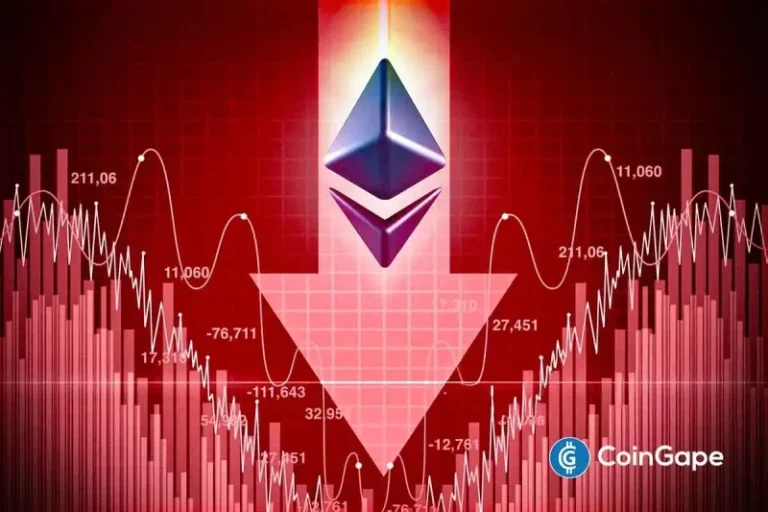Group Eleven Resources Corp. (TSXV: ZNG) (OTC Pink: GRLVF) (FSE: 3GE) (‘Group Eleven’ or the ‘Company’) is pleased to invite investors and other interested parties to attend the Company’s upcoming interview with Radius Research.
CEO Bart Jaworski is providing an update on ZNG’s Ballywire high-grade zinc-lead-silver (+/- germanium, +/- copper) discovery in the Republic of Ireland.
Group Eleven is a mineral exploration company focused on advanced-stage zinc exploration in the Republic of Ireland. Group Eleven announced the Ballywire zinc-lead-silver discovery in September 2022. Ballywire is located 20 kilometres from the Company’s 77.64-per-cent-owned Stonepark zinc-lead deposit, which itself is located adjacent to Glencore’s Pallas Green zinc-lead deposit. The Company’s two largest shareholders are Glencore Canada (16.1% interest) and Michael Gentile (16.0%).
The webinar will be a live, interactive online event where attendees are invited to ask the Company questions in real-time following the interview. An archived webcast will be made available for those who cannot join the event live on the day of the webinar.
To view an enhanced version of this graphic, please visit:
https://images.newsfilecorp.com/files/5685/250758_b26de0a0b4b888eb_002full.jpg
Event: Radius Research Pitch, Deep Dive and Q&A with Group Eleven Resources
Presentation Date & Time: Friday, May 9th @ 1 PM ET / 10 AM PT
Webcast Registration Link: https://us02web.zoom.us/webinar/register/2217454525321/WN_rbcETYVHSkKaIyDcqlKduQ
Market Radius Research gives individual investors access to in-depth CEO interviews with deep-dive institutional-level discussion and Q&A. Market Radius is hosted by Martin Gagel, former top-ranked sell-side technology and specialist analyst. By registering for this webinar you agree to receive a weekly email from Radius Research (with one-click unsubscribe if you’re not interested) and your contact information will be shared with the presenting company.
About Group Eleven Resources
Group Eleven Resources Corp. (TSXV: ZNG) (OTC Pink: GRLVF) (FSE: 3GE) is a mineral exploration company focused on advanced stage zinc exploration in the Republic of Ireland. Group Eleven announced the Ballywire discovery in September 2022. The Company’s two largest shareholders are Glencore Canada Corp. (16.1% interest) and Michael Gentile (16.0%). Additional information about the Company is available at www.groupelevenresources.com.
ON BEHALF OF THE BOARD OF DIRECTORS
Bart Jaworski, P.Geo.
Chief Executive Officer
E: b.jaworski@groupelevenresources.com | T: +353-85-833-2463
E: j.webb@groupelevenresources.com | T: 604-644-9514
Neither the TSX Venture Exchange nor its Regulation Services Provider (as that term is defined in the policies of the TSX Venture Exchange) accepts responsibility for the adequacy or accuracy of this release.
Cautionary Note Regarding Forward-Looking Information
This press release contains forward-looking statements within the meaning of applicable securities legislation. Such statements include, without limitation, statements regarding the future results of operations, performance and achievements of the Company, including the timing, content, cost and results of proposed work programs, the discovery and delineation of mineral deposits/resources/ reserves and geological interpretations. Although the Company believes that such statements are reasonable, it can give no assurance that such expectations will prove to be correct. Forward-looking statements are typically identified by words such as: believe, expect, anticipate, intend, estimate, postulate and similar expressions, or are those, which, by their nature, refer to future events. The Company cautions investors that any forward-looking statements by the Company are not guarantees of future results or performance, and that actual results may differ materially from those in forward looking statements as a result of various factors, including, but not limited to, variations in the nature, quality and quantity of any mineral deposits that may be located. All of the Company’s public disclosure filings may be accessed via www.sedarplus.ca and readers are urged to review these materials, including the technical reports filed with respect to the Company’s mineral properties.
To view the source version of this press release, please visit https://www.newsfilecorp.com/release/250758
News Provided by Newsfile via QuoteMedia










